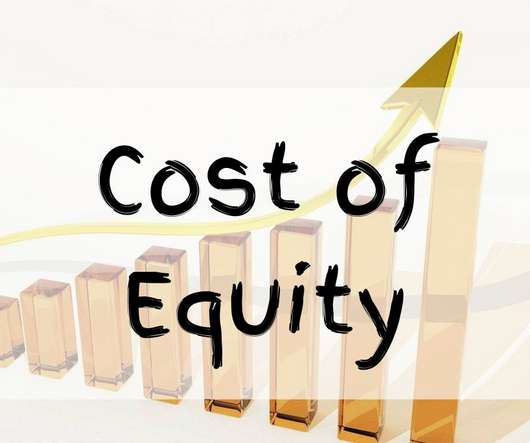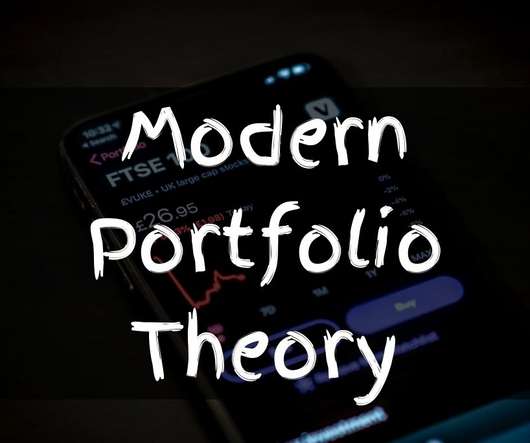What Is Cost of Equity?
Andrew Stolz
AUGUST 5, 2020
Definition of the Cost of Equity. To compensate for the risks that shareholders take, firms pay them in return. The theoretical return the firm pays its equity investors (shareholders) is known as the cost of equity. In other words, the cost of equity is the rate of returns a firm pays to its shareholders.















Let's personalize your content